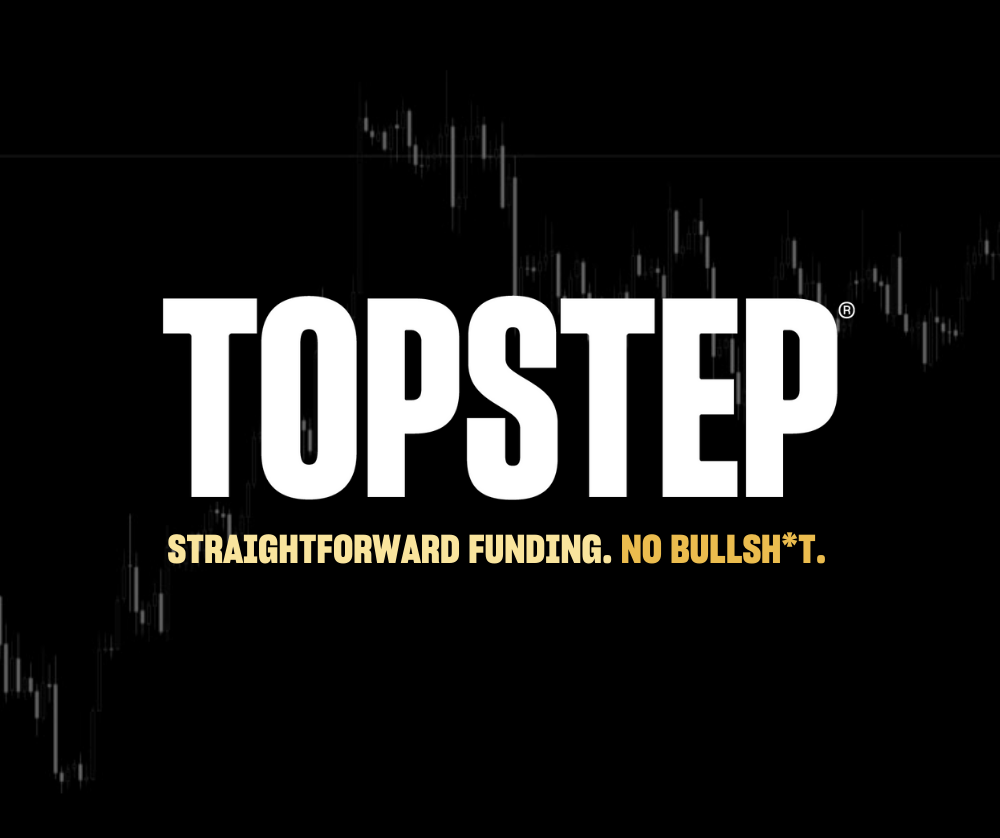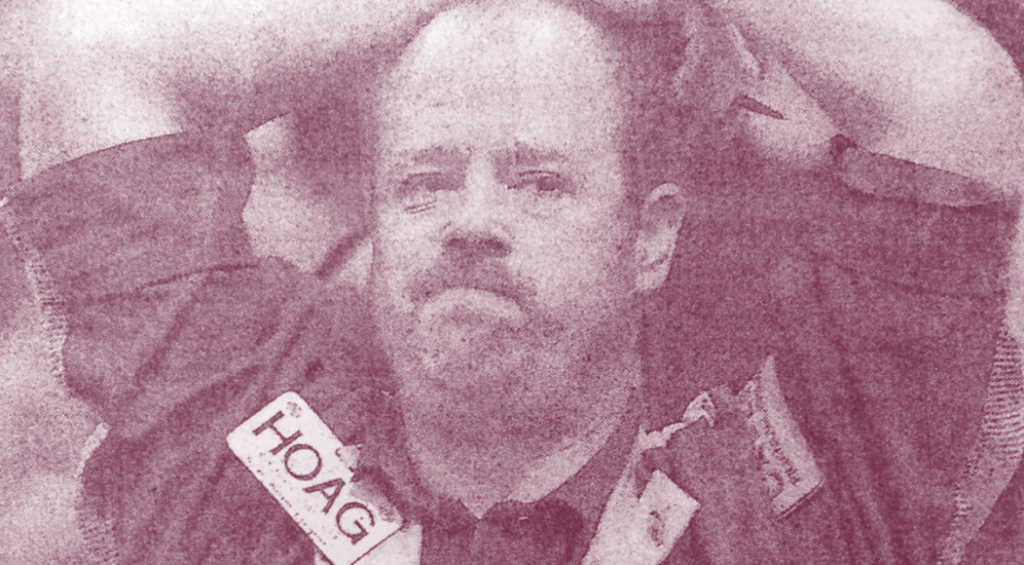Choosing Trading Levels to Trade
Let’s start by reviewing what we’ve discussed in Part 1. When traders set their price levels, they are commonly looking for either a trade reversal or a trade breakout. We discussed several reasons for reversals and breakouts to occur. A trade breakout can start by stop orders getting executed, followed by breakout traders getting into the move, perpetuating it, while a reversal can start by prices moving to an area where there’s no interest, causing this way an imbalance favoring the trade reversal. We also discussed how we need a particular set of behavior from traders for prices to move, and how for that to happen, everyone needs to look at the same levels, look at obvious levels. Read Part 1 – Choosing Support and Resistance Market Levels to Trade Against
Downside To Obvious Trading Levels
Of course, there is a downside to obvious levels. Predatory traders will watch these levels too. A “head-fake” is a common term given to a market that appears to breakout but then falls back into the range. Consider what is going on there:
- We move up to a level of resistance – reversal traders have their entries there.
- We push through the level of resistance – reversal traders get stopped out, breakout traders enter the market.
- We then drop back through the level, breakout traders get stopped out.
This is a “bread and butter” trade for predatory traders. The conundrum is that for many trades, we need other people to change their behavior. That means we need our area to be reasonably well known. We also know that these well-known areas are likely to be gamed by predatory traders.
Figure 1 – Reversal traders getting stopped out. Breakout out traders entering the market. Prices reverse back down with breakout traders being stopped out.
Nobody Said Trading Is Easy!
It is without a doubt that the most attractive trades to novice traders are reversal trades. Many aspiring traders have a vision of buying at the low of a move and selling at the high, chasing the biggest paying trades. The reality is that with any move – you can have 3 or 4 good candidates for the low of the move and as many for the high of resulting counter-move. By the time you have had three failed attempts at catching one of these extremes, you will be playing catch-up and be lucky to break-even as a result of your hard work. There are lots of vendors out there selling “secret” systems for catching these high/low trades, but as we have seen, it will take more than a “secret” to turn the market.
Figure 2 – Traders can leaning on a price, positioning themselves for a reversal. It will give them a clear area of movement.
The Middle Ground
It would be somewhat unfair to throw problems at you without solutions. The first step in resolving an issue is realizing that it exists. Understand that a full reversal is not possible at a price if only you and two other guys know about the level. Sure, you will get lucky sometimes. Overall you will lose if you continually trade against the majority of traders unless you are doing so in areas where many people are looking to change their behavior.
Let’s say you have 3 or 4 candidates for the low of a move or the end of a trend. Price is moving down, and you aren’t in a position. Why not let other traders do all the heavy lifting? Why not let the market move down and find the level to reverse off and then take a trade to the long side? Your checklist for entering a trade to the long side could be something like this:
- The market moved down to your levels
- The market reversed at or close to one of your levels
- You see a decent-sized price swing-up with good volume in the reversal off that level
- Now start looking for a long trade
With this approach, you are still using the key trade levels, just in a slightly different way. You are letting other traders get in early and suffer the fake reversals caused by predatory traders. You can see the market has reversed and that traders in the last “push down” have been stopped out. Now you can make an educated decision as to whether trader behavior did change as expected at your level. You have both anticipated AND seen the reaction at one of your key trade levels. Now traders’ behavior has changed; it is still early in the move, there is still good potential in the new direction. Any trades you take in this direction are based on trader behavior continuing. You are no longer bucking the trend, no longer taking bets against the herd.
Figure 3 – Traders were waiting for someone else to step in first. Looking to have a better view of who is in control, from where an imbalance could come from, and then act accordingly.
Of course, you cannot catch the whole of the move this way, but if you are trading reversals right now and suffering from the high number of losses associated trying to guess the end of a move, this is a great middle-ground.
Learn More About Enhancing Your Trading Edge at Jigsaw Trading.
The author Peter Davies is CEO of Jigsaw Trading and an active order flow trader in S&P 500 futures.





